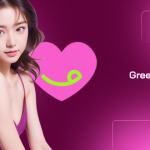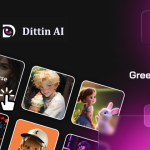
YouTube has updated its privacy policy to allow users to request the takedown of artificial intelligence (AI)-generated or other synthetic content that imitates their face or voice under their privacy request process, which was implemented in June.
YouTube stated that this change expands its approach to responsible usage of the AI agenda, first introduced last November.
Previously, users requested that simulated content like deepfakes be removed because they were misleading, but after the update, affected parties can request content removal directly as a privacy violation.
Claiming a Crime, Comedy, or Concern?
Removal requests must be first-party claims, except for affected individuals without computer access, minors, deceased, or otherwise.
Upon receiving a complaint, the video-sharing platform will make its judgments based on many factors, such as whether the use of AI in the content is disclosed, public interest, or whether the content could be considered parody or satirical.
Additionally, YouTube may consider whether the content features public figures or well-known individuals, especially if they are shown engaging in sensitive behavior such as criminal activity, violence, or endorsing a product or political candidate—particularly during an election year when AI-generated endorsements could sway votes.
Beating the Takedown Clock
YouTube will give content uploaders 48 hours to act on the complaint, where the complaint will be closed if the video is deleted before the time lapses, and the platform will otherwise start its review process.
These users can blur out affected individuals’ faces or likenesses used in their videos but make the video private, as the users can set the status of the videos back to the public anytime.
If a takedown request is approved, the video will be removed from the site, and the names and personal information of the affected individuals will be removed from the video’s title, description, and tags.
Countdown to Compliance
Before this policy change, YouTube also experimented with generative AI, adding tools such as summarizing comments, answering questions about videos, and getting recommendations.
Furthermore, YouTube introduced a tool in Creator Studio last March for creators to label realistic-looking content made with generative AI, furthering their responsible AI policies.
However, simply labeling AI content as such does not entirely safeguard it from being removed because it still has to comply with YouTube’s community guidelines.
These steps reflect its ongoing efforts to maintain responsible use of AI-generated or synthetic content while balancing concerns with the rights of content creators.


















